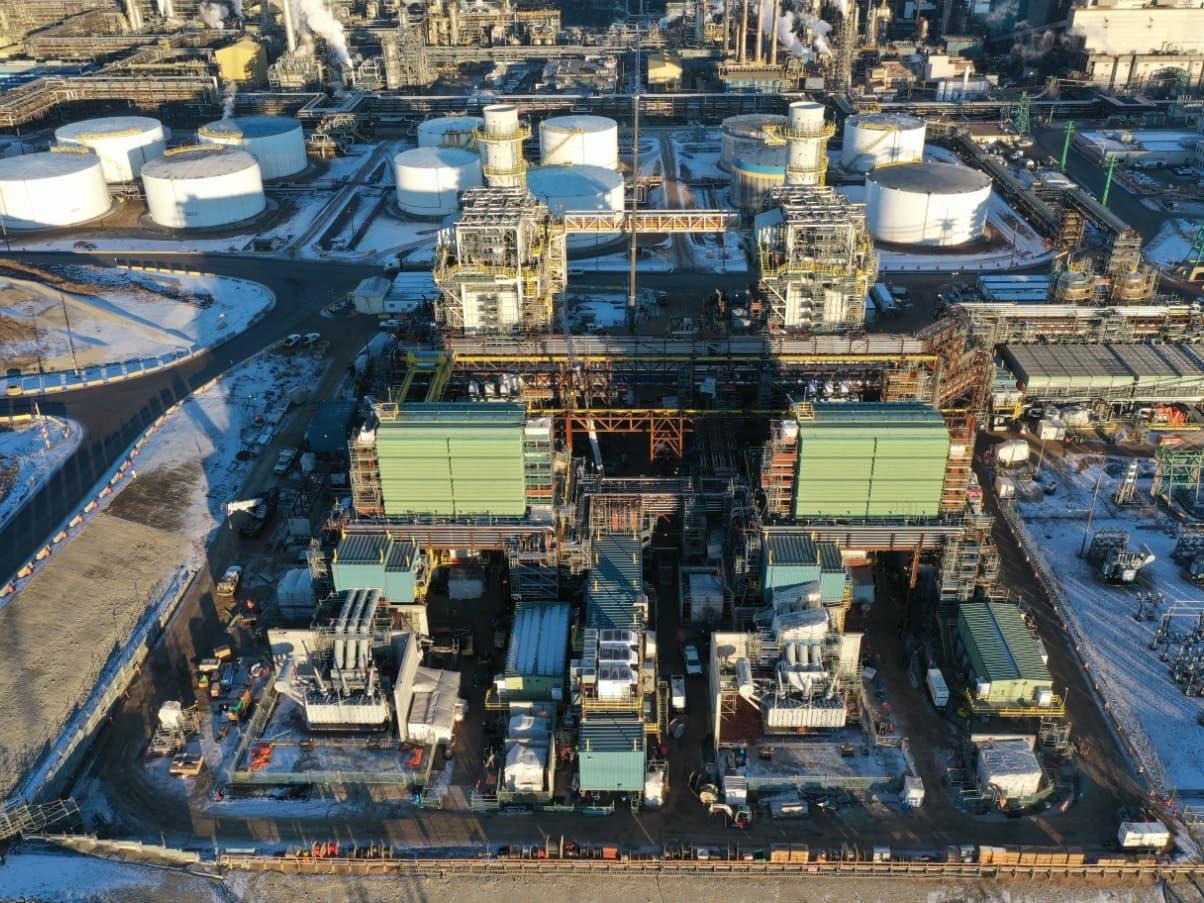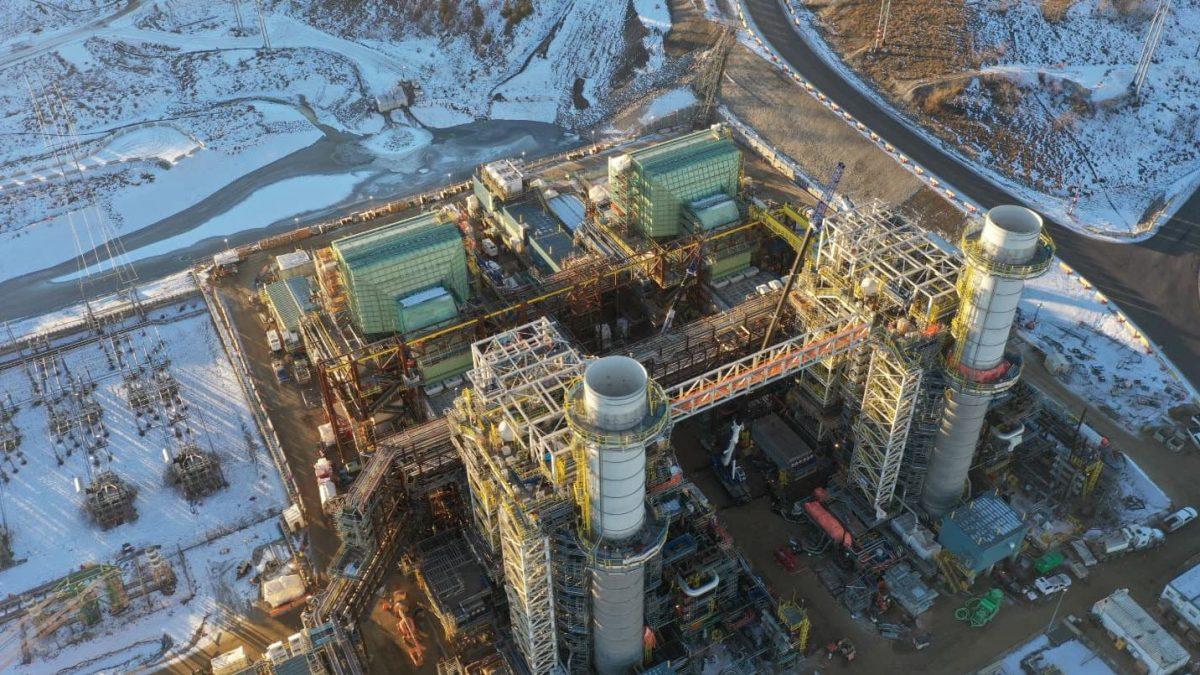Suncor Energy is nearing completion of its upgraded cogeneration project, providing a boost to Alberta’s electrical grid while reducing emissions intensity for the oil sands giant.
The $1.4 billion Coke Boiler Replacement Project is swapping out three aging petroleum coke-fired boilers with two high-efficiency natural gas cogeneration units at Suncor’s Base Plant, 25 kilometres north of Fort McMurray.
Cogeneration units are crucial cog for oil sands operations. They generate heat to extract bitumen while producing electricity and steam.
Announced in 2019, the new units remain on course to begin operations in late 2024. They will produce approximately 800 megawatts to Alberta’s electric grid while reducing the intensity of greenhouse gas (GHG) emissions for both Suncor and the oil sands industry as a whole.
Kevin Birn, a Calgary-based analyst who has tracked GHGs in the energy industry for more than a decade, sees the environmental benefits of moving on from coke boilers, a technology that dates back to the 1960s.
“Petroleum coke is roughly two times as carbon intense as combusting natural gas so this project can drive emissions improvements for both Suncor and the industry,” says Birn, global head for the Center of Emissions Excellence and chief analyst Canadian oil markets for S&P Global.
“This move retires petroleum coke use from one of the two remaining oil sands operations that burn the material.”
Use of petroleum coke, a byproduct from upgrading bitumen to synthetic crude oil, currently accounts for about 11 per cent of the total emissions from the oil sands mining sector. S&P Global Commodity Insights estimates roughly five million megatonnes of CO2 annually, or about 10 kilograms per barrel of marked synthetic crude produced by oil sands miners.

While Suncor’s natural gas consumption will increase when the new units come online in the fourth quarter, they will also turn the company into the third largest power producer in Alberta, supplying approximately seven per cent of the province’s current electricity demand. Suncor’s natural gas cogeneration units will have a lower GHG intensity than the current grid average.
The environmental benefits of “fuel switching” from petroleum coke to natural gas extend beyond reduced GHGs. In a filing with the Canadian Environmental Assessment Agency in December 2017, Suncor estimated its new cogeneration units would reduce sulphur dioxide (SO2) emissions by 46 per cent, nitrogen oxide (NOX) emissions by 17 per cent and particulate matter emissions by 66 per cent. It would also cut freshwater use by 35 per cent.
The unused petroleum coke will likely be stored rather than combusted, Birn says.
“This already happens at integrated oil sands operations which produce petroleum coke,” Birn says. “Operators are required to store petroleum coke as a potential fuel source but the vast majority is not marketed given the distance to market.
“Over the entire life of the oil sands, nearly three quarters of the produced pet coke has been stored. Storing it does allow for more valuable future potential uses, such as being part of the manufacture of carbon fibre.”
Syncrude has also developed a technology using petroleum coke produced at its operation to treat process water. The treatment is similar to using a home water filter. The petroleum coke, which is almost pure carbon, acts as a filter to remove constituents in the water, such as naphthenic acids.
“Technology will continue to play a key role to help the industry meet its environment goals as well as improving production,” Birn says. “This decision by Suncor is a good example of that.”
The unaltered reproduction of this content is free of charge with attribution to Canadian Energy Centre Ltd.
